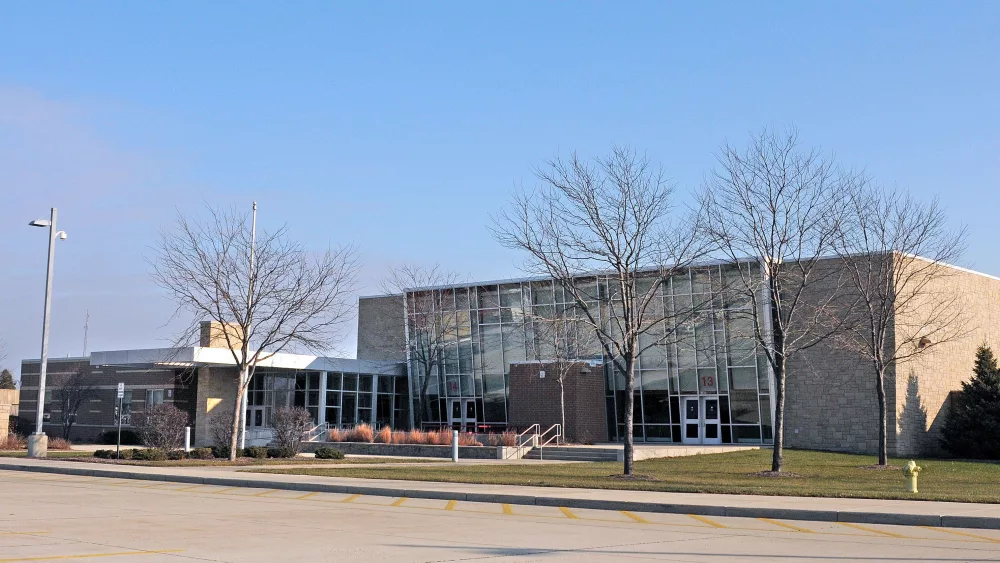
American literature has been enriched by three Midwestern books, which I would like to share with you.
I think of Juliette Kinzie’s fine book, “Wau-bun” (1855), telling of her days at Fort Winnebago, Wisconsin. The account of chanting Canadian boatmen ferrying the household goods, including Mrs. Kinzie’s piano down the rocky, turbulent Fox River from Green Bay to the Agency House near Portage in 1831 is unforgettable. The report of her trip on horseback from Wisconsin across the winter prairie and the Rock River at Rockford through a Native American settlement near Oswego to frontier Chicago, stands as a testimony to the resilience that reveals the multi-cultural society of the frontier. On the return trip she was among the first pioneers to see Lake Geneva, Wisconsin. Comparing it to a fondly remembered view of the Hudson River, she wrote, “A shout of delight burst involuntarily from the whole party, as this charming landscape met our view.”
I think also of Hamlin Garland’s splendid book, “Son of the Middle Border” (1917), which tells of his family’s homesteading near West Salem, Wisconsin. In it, he captures the touching disenchantment that came early to frontier people, the relentless grind by tired men in their dreary routines of frontier life, and the destroying drudgery of their womenfolk in kitchens and farmyards, where never-ending toil brought depression and, often, early death. Garland’s boyhood memories of his first ploughing of the thick roots of prairie grass to open fields for farming are unforgettable. Critic and historian, Vernon Louis Parrington – whose own life on a Kansas homestead after his family moved from Aurora in 1877, paralleled Garland’s in Wisconsin – called Garland’s writing “one of the significant chapters in our total American history.”
I think finally of Aldo Leopold’s monumental “Sand County Almanac” (1949), which, in the tradition of Thoreau’s “Walden,” makes poetry of the American landscape and details with gentle whimsy the devastation of the natural environment of the prairie and other wilderness places in America. The rich soil of Leopold’s own 120-acre farm along the Wisconsin River near Portage had been reduced to sand by those before him who did not understand what Leopold called the “land ethic.”
The beauty of Leopold’s description of the sandhill cranes, which link humankind to the Eocene is unforgettable: “Our ability to perceive quality in nature begins, as in art, with the pretty. It expands through successive stages of the beautiful to values as yet uncaptured by language. The quality of cranes lies, I think, in this higher gamut, as yet beyond the reach of words.”
Each of these books stands as a masterpiece in its own special genre. Taken together, they illustrate the evolution of the intellect within the nation itself. They come from the time before television reshaped the national language into a commercial enterprise characterized too often by exploitation of baser inclinations. They represent well Wisconsin and the upper Midwest, they reflect the essential value of the book in our society, and they serve as guides to those who would understand America.
Robert Cotner lives in Seneca and has a passion for writing. He is engaged in social and church activities and a heavy schedule of reading. He is a former English teacher and founder of a monthly literary journal, among other endeavors.









